 |
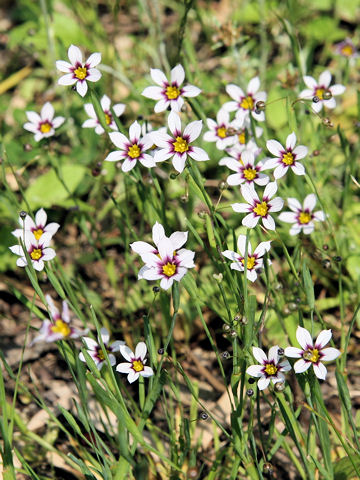

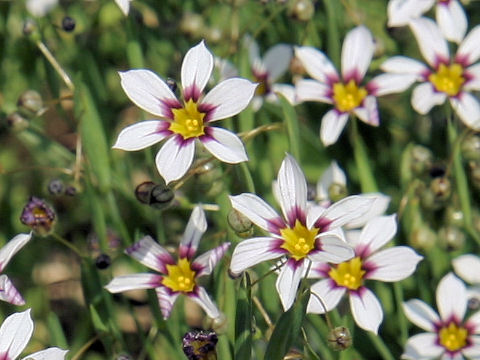

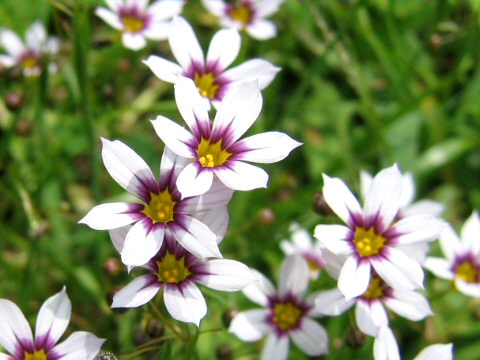

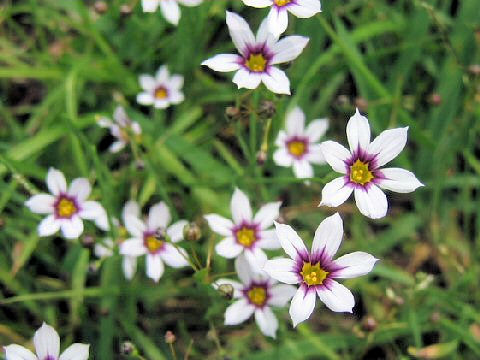

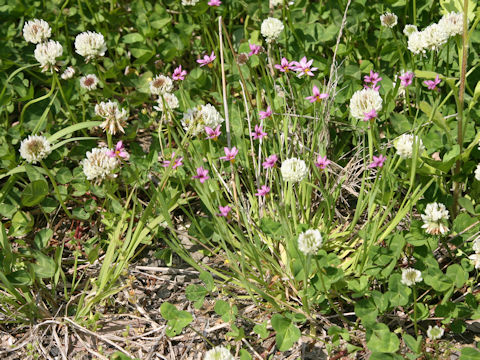

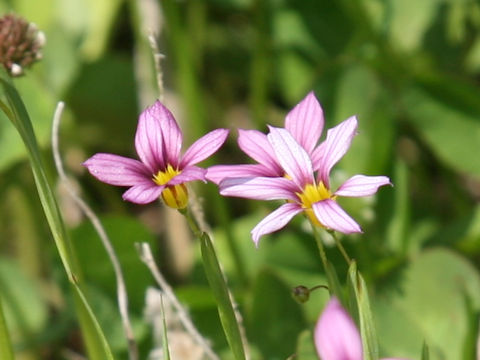

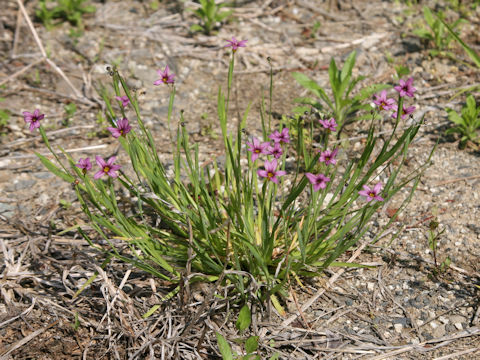

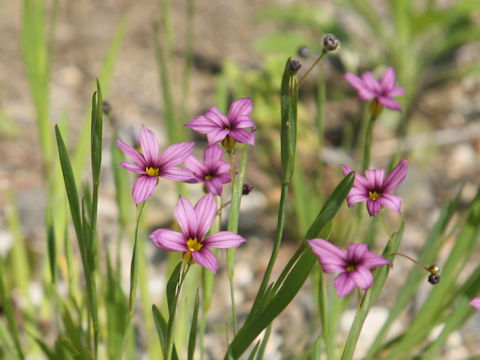

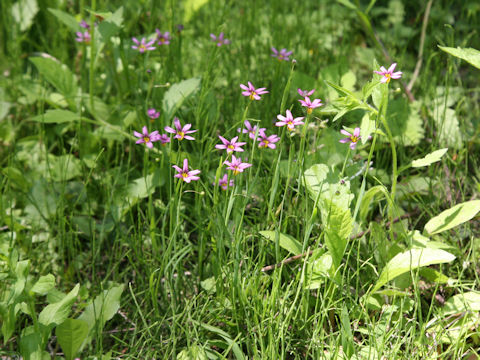

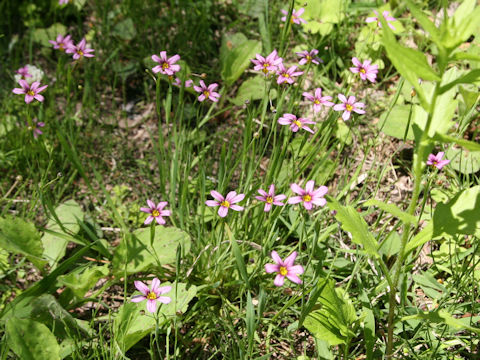

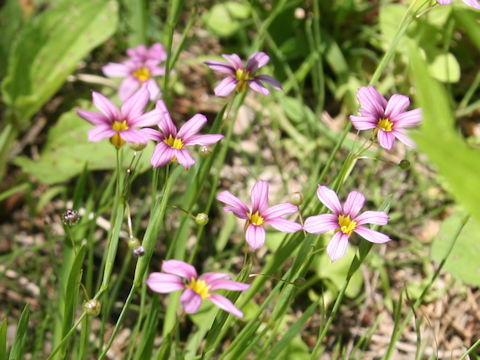

|

|
kAJª´YÅ·BíªÖ;¡ãÌ ÉÏÜpƵÄnµÜµ½B¡ÅÍA»µÄ¢ÄAú½èÌÇ¢nâ¹[É©é±ÆªÅ«Ü·Ba¼ÍAëɶ¦Atªu¹«µå¤iÎÒjvÉÄ¢é±ÆÉöÝÜ·BT©çU²ëAsÌæÉ×¢Ô¿ð¾µÄA¬³ÈÔð¬¬É穹ܷBÔÍFâgFAÂFÈÇ¢ë¢ëÆ èÜ·ªASÍ©FÅ·B
|

|
AÈj[LVE®Ì½NÅAw¼Í Sisyrinchium atlanticumBp¼Í Eastern blue-eyed grassB
|

|
The Eastern blue-eyed grass (Sisyrinchium atlanticum) belongs to Iridaceae (the Iris family). It is a perennial herb that is native to North America. This herb was introduced into Japan as an ornamental plant in the middle of Meiji Era (1868-1912). Now it is naturalized in sunny grasslands or roadsides. Its Japanese name is derived from the fact that it grows in gardens and its leaves resemble "sekisho" (Japanese sweet flag). The small flower come on the slender peduncles continually from May to June. The tepal is whitish-purple, magenta or bluish-purple with a yellow center.
|

|
[ãEP] åã{ðìsuåãsåt®A¨vÉÄA2007N0522úBeB
[QER] ¯ãÉÄA2004N0515úBeB
[S`V] {駺c¬«§uJR©RövÉÄA2023N0517úBeB
[W`XEº] {é§åäs{éìæu^ºqÀövÉÄA2024N0522úBeB
|












